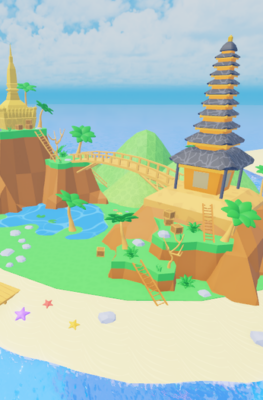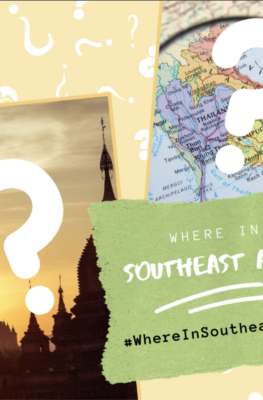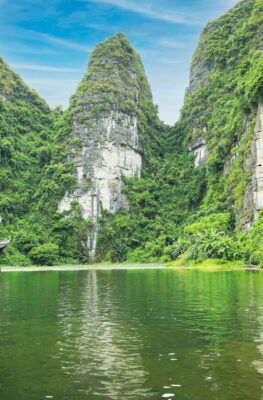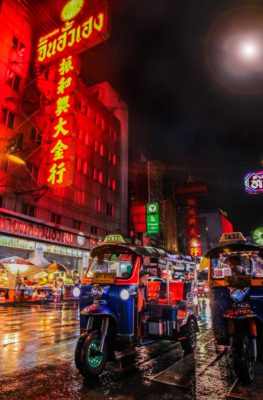Published on January 19, 2015
Like other countries of South East Asia, Viet Nam has many festivals. The nation, provinces and villages, all have their own festival. Likewise ethnic and religious groups. Some transcend the national level, such as the Hue festival, a dazzling array of cultural and artistic performances by Vietnamese and international artists. A mixture of traditional and modern festival, it attracts cultural troupes from some 40 countries and audiences from around the globe. It was last held in 2014 and will be featured again in 2016.
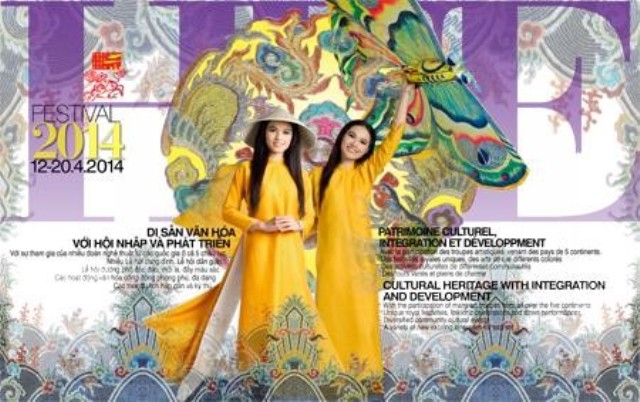
On the national level, the most important celebration of the year is the Lunar New Year Festival, in Viet Nam called Tết for short, Tết Nguyên Đán in full. It starts from the 30th day of the last lunar month to 3rd day of the first lunar month. This year, New Year starts on February 19, the official holiday lasting nine days. On the occasion, Vietnamese across the country return to their village of birth to celebrate the feast with relatives and visit pagodas and temples, while forgetting about the troubles of the past year and hoping for a better upcoming year. Public life comes to a grinding halt, with almost all offices and shops closed for at least the first three official days of the first lunar month.
A couple of weeks later, Tết Nguyên Tiêu, the First Full Moon Festival of the lunar year in on the calendar. It is believed by Vietnamese people that this first full moon is the most important of the year, and thus, on the 15th day of this first lunar month, people visit pagodas and pray for good things to come to family members and their friends. It is not uncommon to see people eating vegetarian food only at this time, as it is believed to purify the soul. In Ho Chi Minh City, the Cho Lon, or Cultural Centre, of District 5 is the most exciting place to visit during this time, with many cultural activities taking place, including the lion-dragon dance. If you travel to Hoi An, you will see people celebrating with beautifully decorated lanterns, while in Ha Noi the holiday is more about praying to the ancestors, so people will be busy shopping for paper offerings, beautiful flowers and fresh fruits to present upon their family altars.
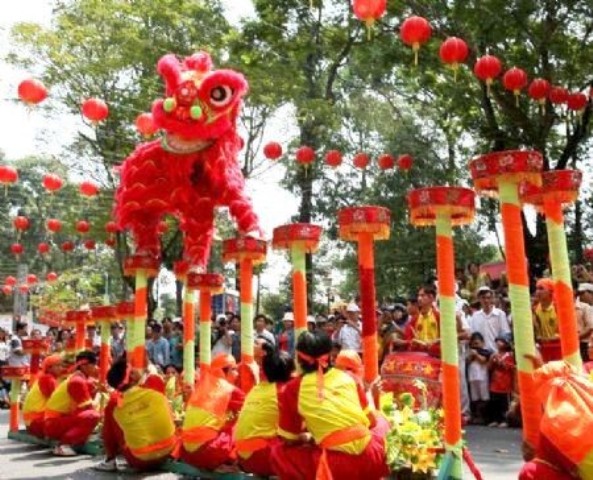
The Vu Lan Festival – also known as the Trung Nguyen Festival – is a time-honoured Buddhist tradition. In Viet Nam it is as important as the abovementioned Lunar New Year Festival, held on the 15th day of the 7th lunar month. This seventh full moon of the lunar calendar marks the Vu Lan Festival, viewed as a time for people to show their filial piety and respect to their parents, especially their mothers. The month is also considered the time wandering souls return to their former homes; hence, the fete is referred to alternatively as Vu Lan Bao Hieu (Mother’s Day) and Xa Toi Vong Nhan (Wandering Souls Day).
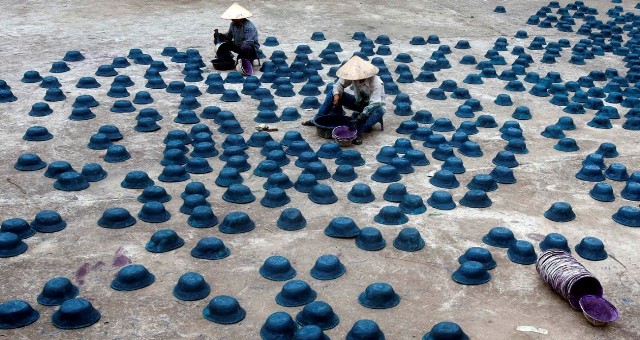
Source: http://darkroom.baltimoresun.com/2014/08/today-in-photos-august-7/#1
More popular it is also known as the “Hungry Ghost Festival”, because on this day the gates of hell are open, and the souls of the dead come back to gather with their family. In the morning a tray of food and votive offerings is set on the ancestral altar and the family burns incense and invites the ancestor to return home and celebrate. Afterwards the family members gather and enjoy lunch together, with vegetarian food being the most popular choice. Pagodas are crowded during this festival, as Buddhists gather to listen to the monks, while in the evening lighted lanterns are released on the river.
The Cham people group celebrate their traditional Kate festival in October (about the 7th month according to the Cham calendar). They pay respect to the gods and make offerings to ancestors, along with wishes for favourable weather, bumper crops and social harmony. It is held in the central province of Ninh Thuan and is well attended by tourists.
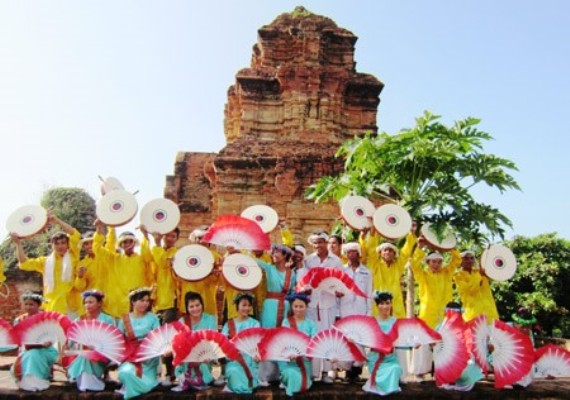
An animal focused festival, “Buffalo Fighting”, is held at Do Son, in the coastal city of Hai Phong. It dates back to the 18th century and the preparation is elaborate as the fighting buffalos, aged between 4 and 5 years, must be carefully selected, bred, fed and trained. It is held on the 9th day of the 8th lunar month and is listed as a national intangible culture heritage form. The underlying belief is that buffalo fighting pleases the town’s guarding gods. Perpetuating the fights will reward residents with safe trips, abundant crops, health and wealth. During the festival a series of elaborate rituals are performed and a knock-out competition between 16 prime beasts, culminating in a fierce battle between the two best remaining buffaloes. The victorious buffalo is later killed in a ceremony worshipping the water goddess (Water Genie) and, according to locals, the village with the winning buffalo will have a new year full of good fortune and security.
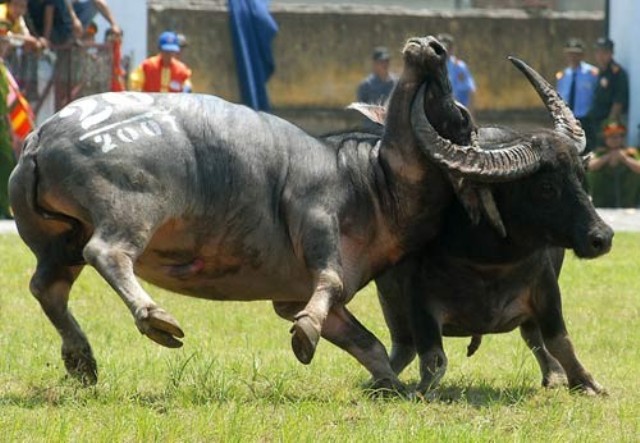
To round it off, three lesser known local festivals are noteworthy. For one, the Kite festival of the Dai Hoang Village in the northern province of Ha Nam. Perhaps the most ancient and unique kite festival in the Red River Delta. The kite flying contest is held on the 15th day of the 5th lunar month when the local people finish harvesting their crops. The village holds the event to thank the spirits who help them have a prosperous life. It’s also a windy period in the area, which helps the kites to fly high in the sky. All hamlets take part, so there might be as many as 25 colourful, 2m long, bamboo supported kites high in the sky altogether.
Having the same objective, wishing for a lucky and prosperous year, the “Ball Catching in Mud Festival” is the only traditional mud festival I’ve come across in ASEAN, so far. No kidding! It’s an annual event, held between the 12th and 14th days of the fourth lunar month in the northern province of Bac Giang. Young men in the village, wearing loin-cloths only are divided into two teams. The site is filled with water and mud. Each man drinks three bowls of rice wine and eats some watermelon before joining a wrestling match, where the winners are handed a 20kg wooden ball to start the game. The teams fight to catch and hold the 40 cm-diameter ball, trying to score by pushing the ball into the goal of their opponents. The match, which can last for 3 hours, goes along with rapid rhythms of drums and looks quite dramatic in the slippery mud.
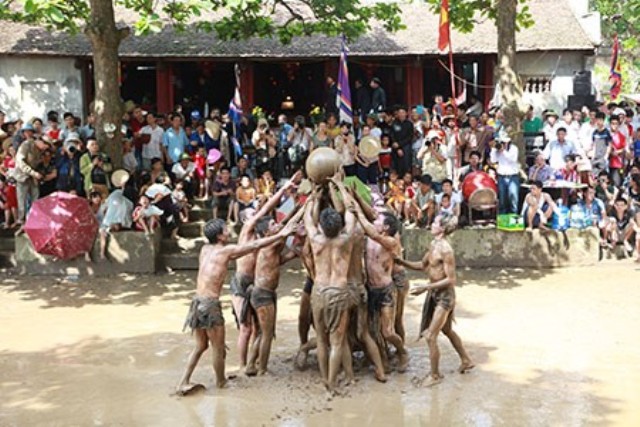
Ball Catching in Mud Festival
Lastly, the Khmer have their traditional Bay Nui Ox Race in the southern province of An Giang. It is part of Sen Dolta, a traditional ancestor-worship festival. Many pairs of oxen from all over An Giang Province compete in the race, drawing thousands of spectators.

Vietnam welcomes you to visit their wealth of festivals as well as those of other ASEAN countries



